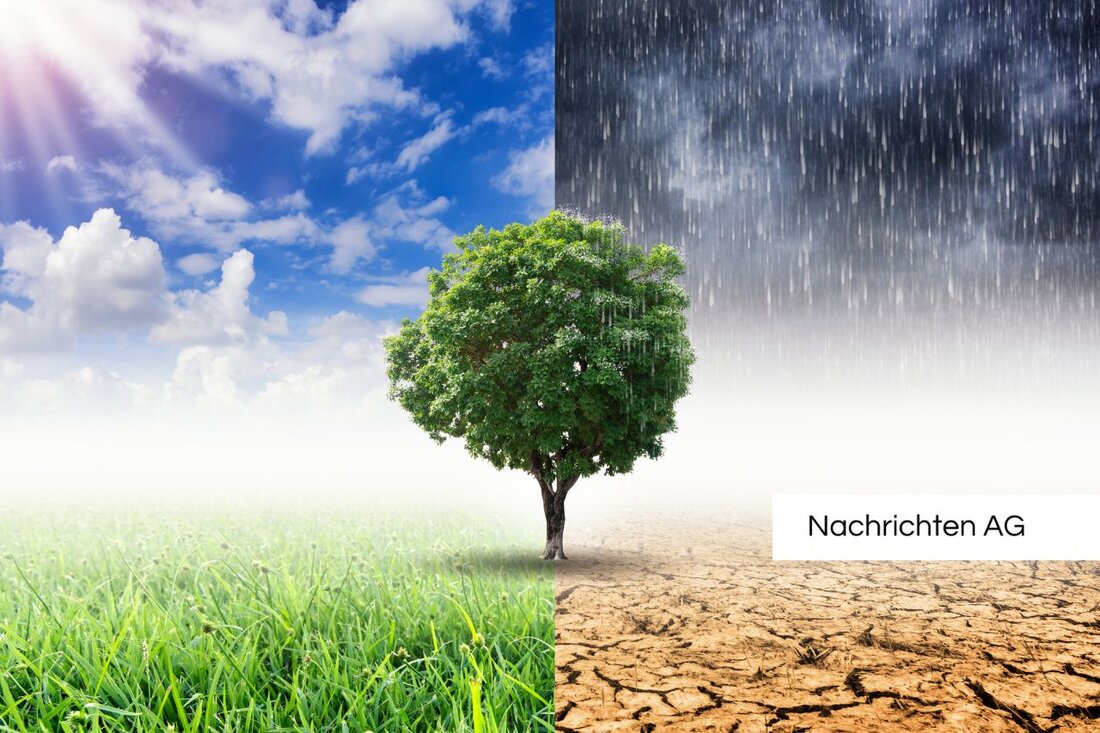Alps under pressure: Glacier disappear from Innsbruck by 2050!

Alps under pressure: Glacier disappear from Innsbruck by 2050!
Innsbruck, Österreich - Hardly a topic drives people in the alpine valleys as much as the dramatic consequences of climate change. According to the Glaziologist Andrea Fischer from the Austrian Academy of Sciences (ÖAW), the glacier landscape will no longer be seen from Innsbruck by 2050. Devastated mountain landscapes and disappeared glaciers are no longer a distance of future music, but reality. Fischer emphasizes that around 30 percent of around 600 glaciers in Tyrol could fall victim to the withdrawal in five years.
The temperature changes that trigger these developments now achieve worrying dimensions. The average temperature in Austria has increased by almost 2 ° C since 1880 - this is significantly more than in the global average of 0.9 ° C. Forecasts indicate that a further increase of at least 1.8 to 2 ° C can be expected by 2050. By the end of the century, the temperature could even rise by up to 3.5 ° C, Warnen Expert: Inside. Warm temperatures not only have an impact on the glacier decline, but also on the stability of the rocks in the high mountains.
the instability in the high mountains
In recent years, rock falls and downhill breaks have accumulated, especially in areas that were once covered by glaciers. Fischer and other scientists determine a clear connection between the thawing of the permafrost floor and the increase in such events. The alpine infrastructure is increasingly at risk: the withdrawal of the glaciers changes the distribution distribution in the rock flanks, which leads to gravitational mass movements. Falling processes such as stone and block strikes, rock and mountains are the result. An example of this are the mountains on the escape horn in Tyrol, which were already observed in 2023, as well as an incident at the Piz Scerscen in the Engadine in April 2024.
Nevertheless, there are no extensive and long -term series of measurements to catalog the exact frequency of these fall processes. Between 2006 and 2017, however, almost 2,000 rock outbursts were registered in the Stubai and Ötztaler Alps, with more than 75 % of these events in areas with accumulating permafrost. The problem accentuates through weather anomalies such as heat waves that increase the likelihood of falling events.
The effects on nature and man
But not only the glaciers themselves are affected. The animal world also suffers. Species such as marmots, snow bunnies and brass chickens have been affected because the high temperatures drive into higher regions of the mountains, where the food offers shrink. Plants like the Bavarian Enzian also have to bow to invasive species, which endangers the biodiversity of the Alps.
The major challenges that climate change brings with it were also discussed at the "Alpenklimag summit" on the Zugspitze, where the position paper "Klima.Sport.Schnee" was presented. Among other things, the document calls for an immediate reduction in emission, creation of CO2 balance sheets and long-term resilience planning for the Alpine region.
For the future of the Alps and their residents, it is now important to take proactive measures in order to counteract the dramatic changes. The loss of the glacier masses also has an impact on the water supply: by the middle of the century, the drain in high mountain streams could drop to only 25 % of today's values. The time of the maximum water drainage will be postponed from the usual months of July and August to May - a development that already presents the Alpine Water Management for new challenges.
In view of these alarming developments, it is clear: time to act is urged. Climate change is no longer to be seen, but it is here and affects all of us.
Puls24 that the alpine room is badly affected by climate change. According to Berg & climb , the connections between the glacier decline and clamps are well documented, while Alpenverein indicates the risk to humans and animals.
| Details | |
|---|---|
| Ort | Innsbruck, Österreich |
| Quellen | |
